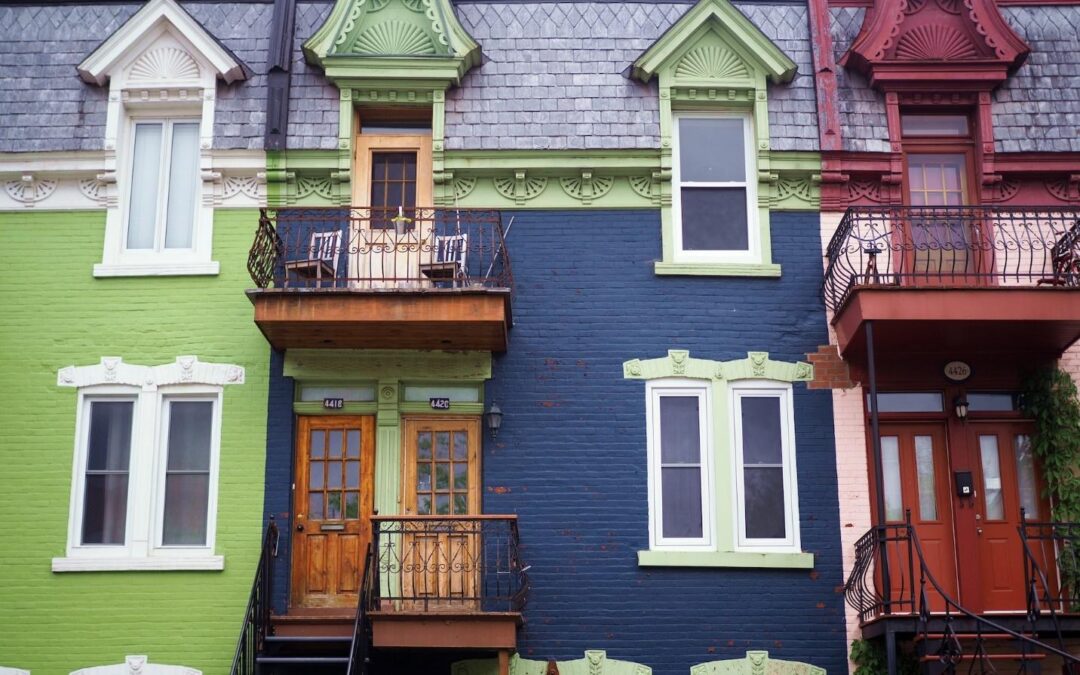Moving to Montreal for any reason, work, school, for your family, or just for a change of pace, is a big life decision, but it’s one that can pay off. Transplanting yourself from one city to another is never easy, and there are plenty of hurdles along the way. That said, Montreal is also one of Canada’s most vibrant, energetic, and exciting cities.
Before you start your search for Montreal apartments for rent, check out this guide to everything you need to know about moving to Montreal.
How Do Leases Work in Quebec?
Signing a lease in Quebec is fairly similar to other provinces, but there are a couple of considerations to keep in mind. First, leases tend to be for a one-year period, but unlike other provinces, they do not switch to month-to-month after the first year. Instead, you renew for another one-year lease, at which point the landlord can raise the rent in accordance with Quebec’s rent control rules.
In the past, leases all began on July 1st, which led to the phenomenon of Moving Day, where everyone in the province who was moving moved all at once in a grand apartment swap. That’s no longer the case, and you can find leases open any time of year, but a large number of apartments do open up for July 1st.
What Kind of Rent Deposits Do You Need?
If you’re used to coughing up first and last month’s rent in other provinces, you’re in for a treat. In Quebec, you only put down a deposit for first month’s rent. It makes it much easier to save up to find a new place.
Unfortunately, it’s increasingly common for landlords to ask for a security deposit. That is not technically legal, but many renters put up with it to avoid a legal fight from the get-go.
What Do Those Sizes Mean?
There’s a unique feature of renting in Quebec that you won’t encounter anywhere else in Canada. It’s how they list apartment sizes. If you’re used to seeing listings for bachelors, studios, 1-bedrooms, or 2-bedrooms, you might be left scratching your head when you see listings for a 1.5, 2.5, or 3.5 apartment.
First of all, the .5 or ½ in listings refers to the bathroom. Most apartments only have one, but if there are two, you might even see a whole number. The number before the decimal refers to how many rooms the apartment has in total, not just bedrooms. So, a 1.5 is a bachelor apartment, a 2.5 is a studio (with a separate kitchen and living/bedroom), a 3.5 is a 1-bedroom apartment, a 4.5 is a 2-bedroom, and so on.
Where Should You Live?
Now that you know the basics of finding an apartment, it’s time to consider the fun part: what neighbourhood do you want to live in? If you’re commuting by public transit, being close to a metro station makes a huge difference, though the city also has a number of express bus routes that can get you from Point A to Point B pretty quickly.
You’ll also want to consider what you want out of your neighbourhood. There are some great up-and-coming neighbourhoods like Verdun and La Petite-Patrie that mix old neighbourhood fixtures with hip new spots, while areas like Mile End and the Plateau are firmly entrenched as some of the coolest parts of Canada. For a quieter experience, areas like Outremont, Rosemont, and Lasalle all have great places to offer. In the west end, Côte-des-Neiges and NDG tend to be more English-speaking and diverse and more affordable than tony Westmount.

